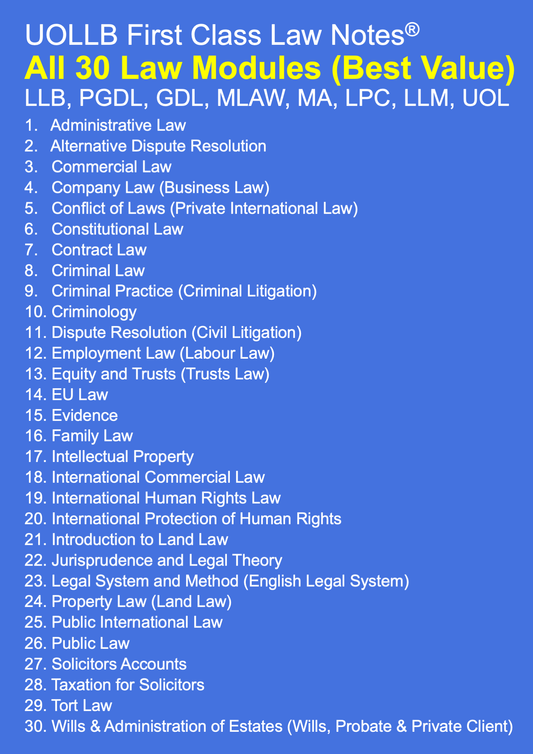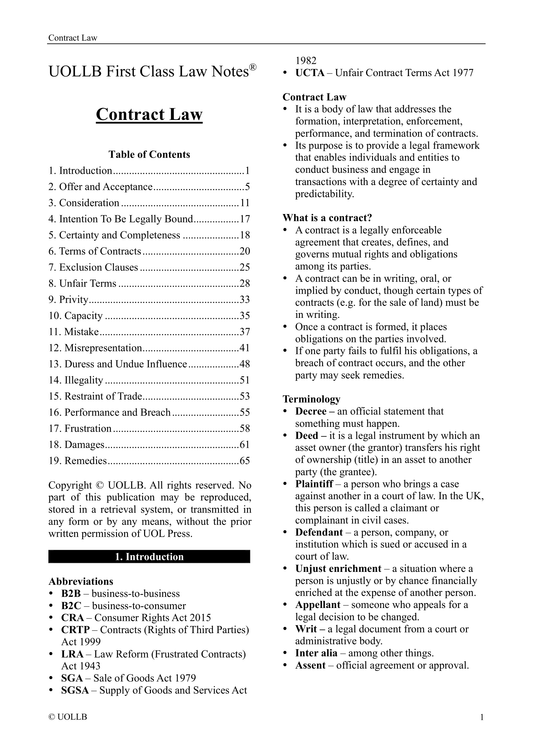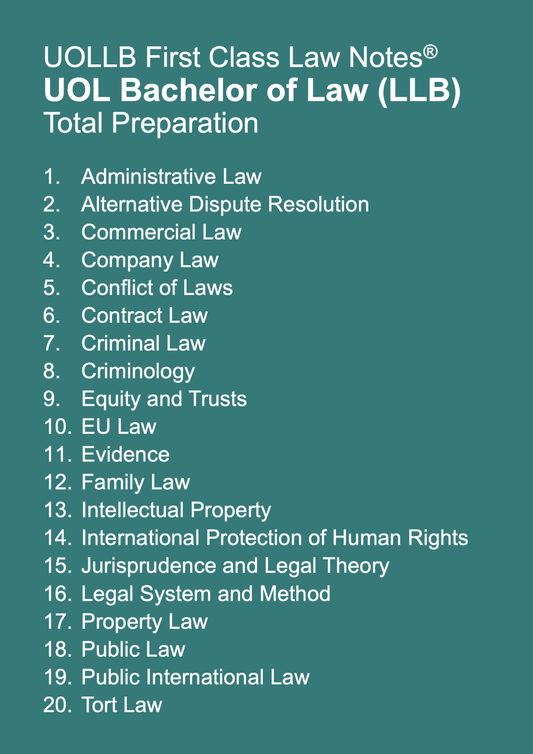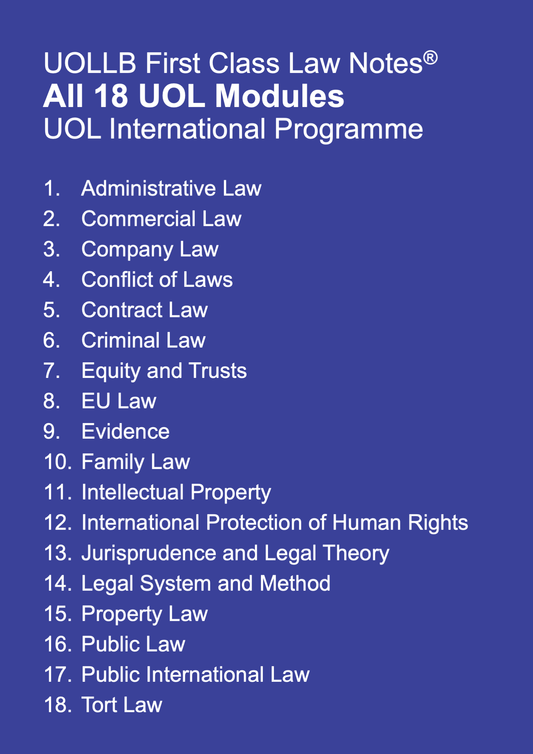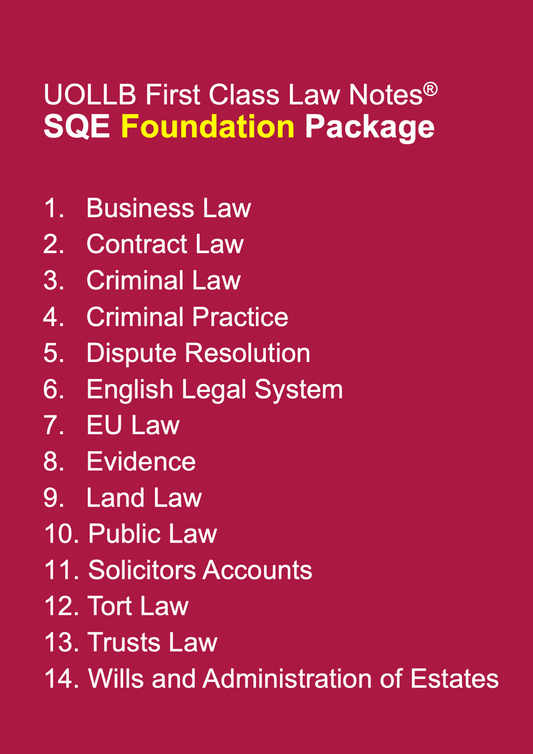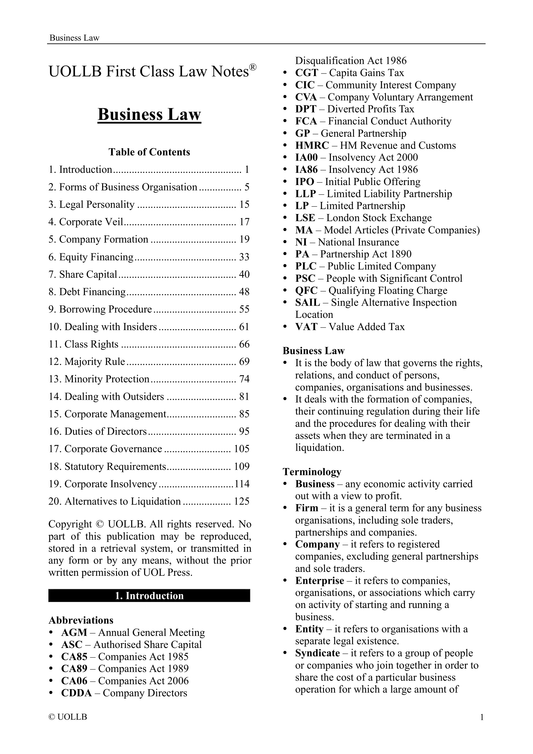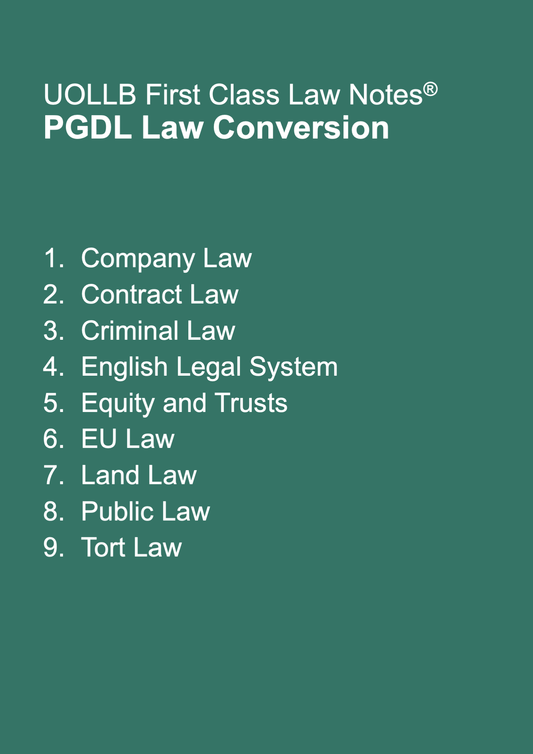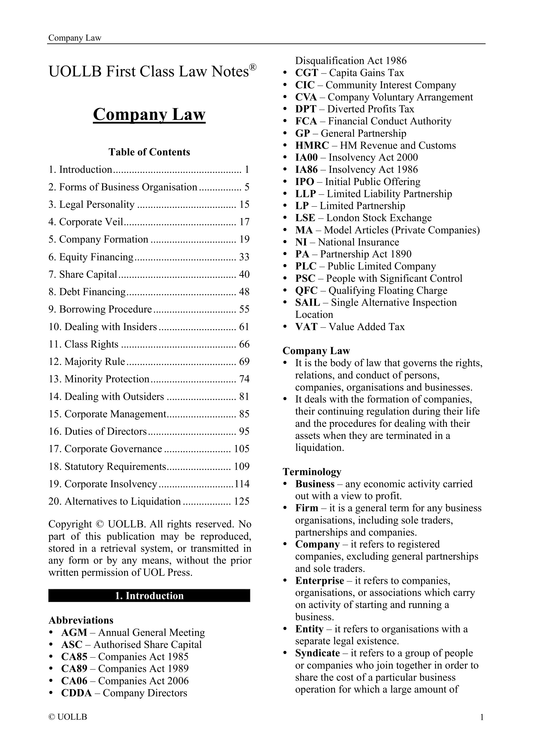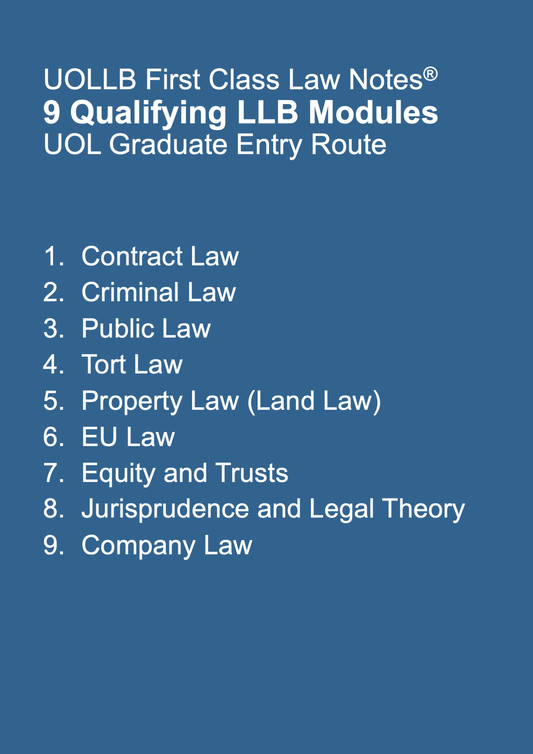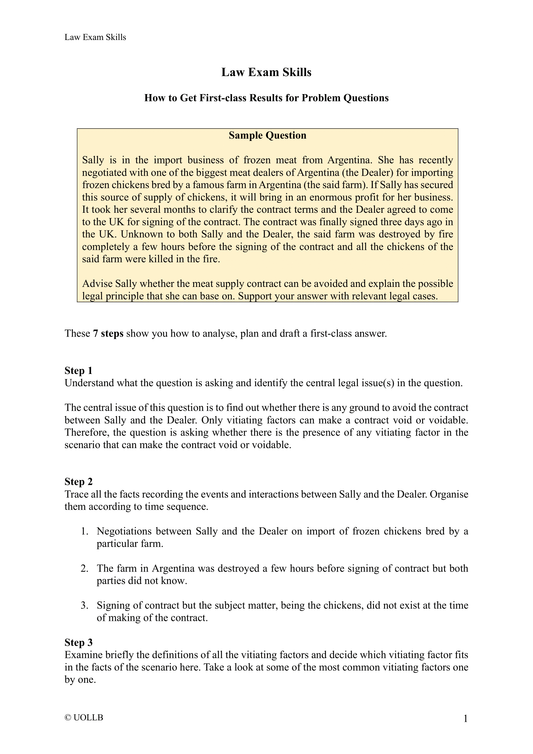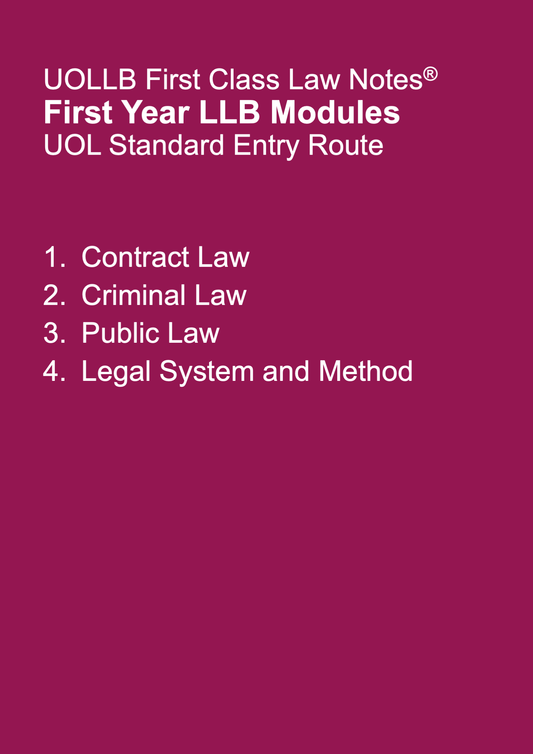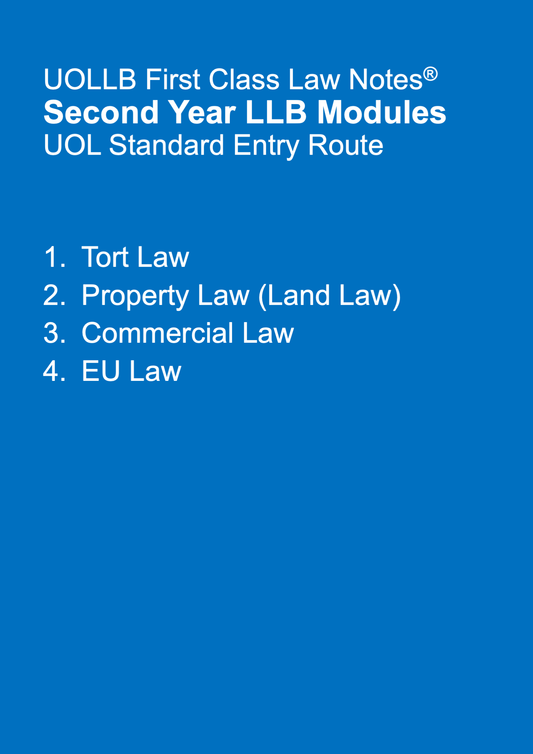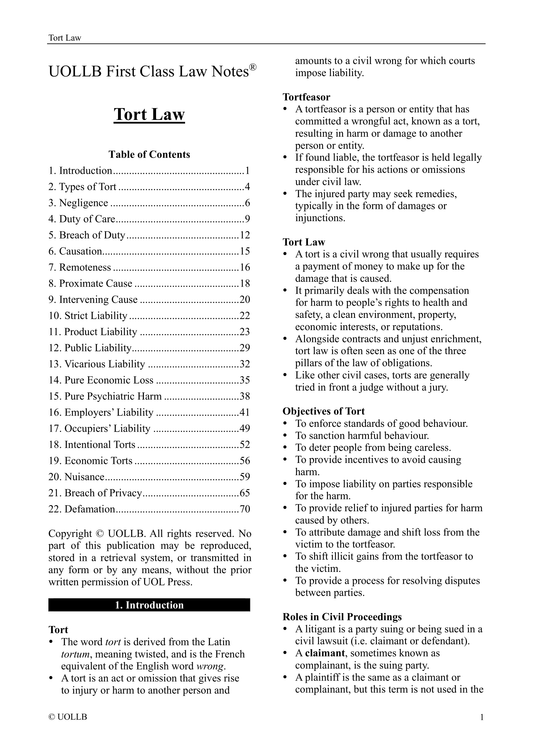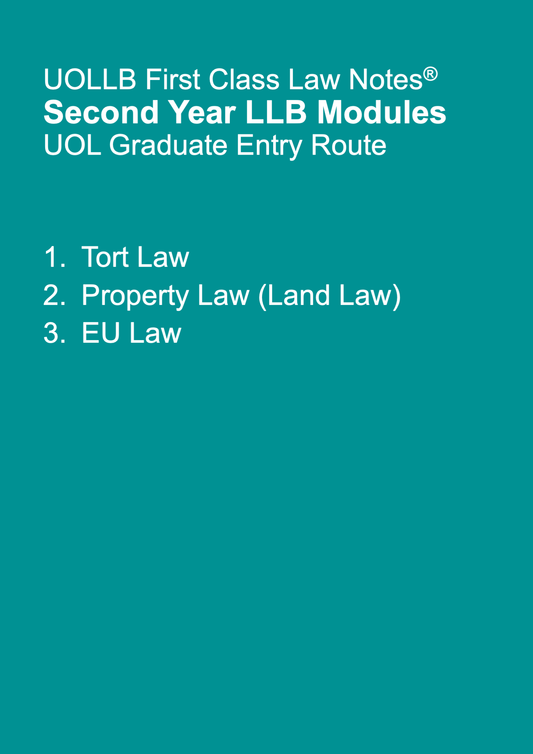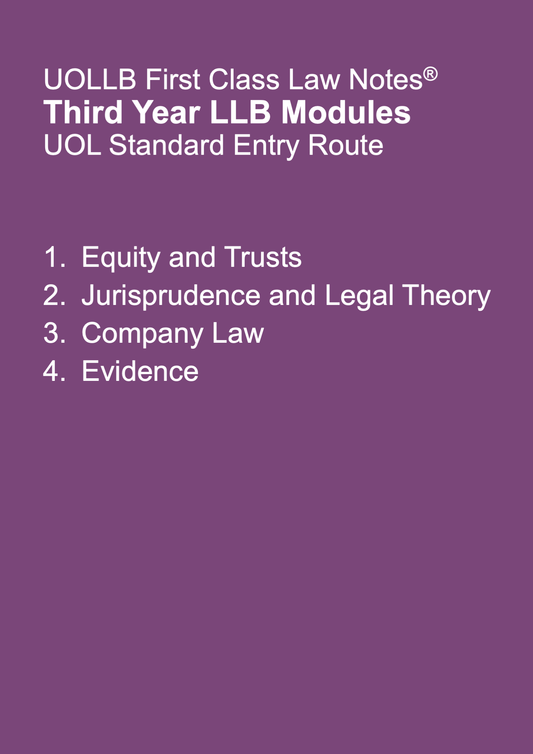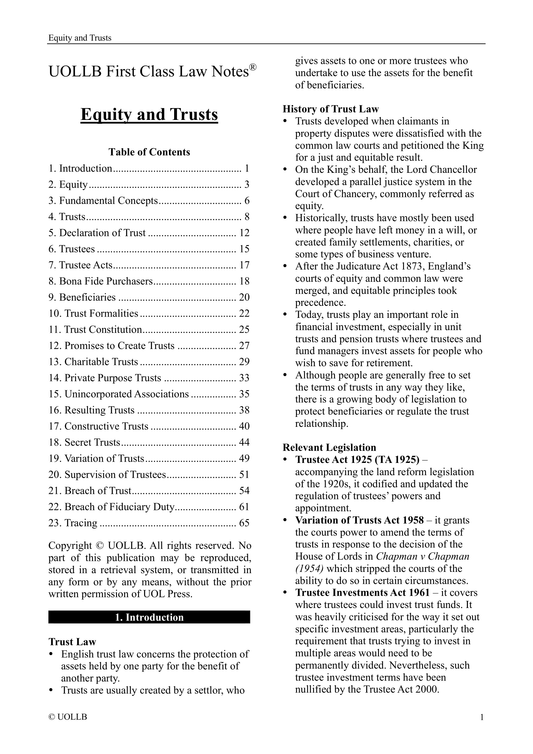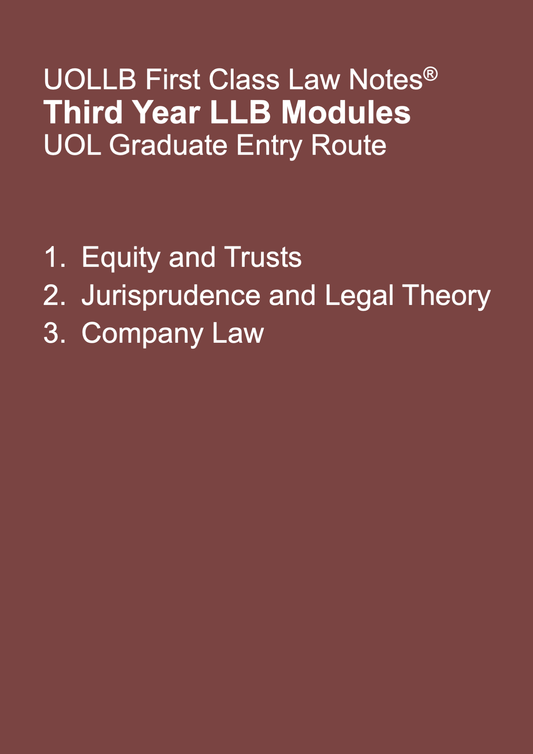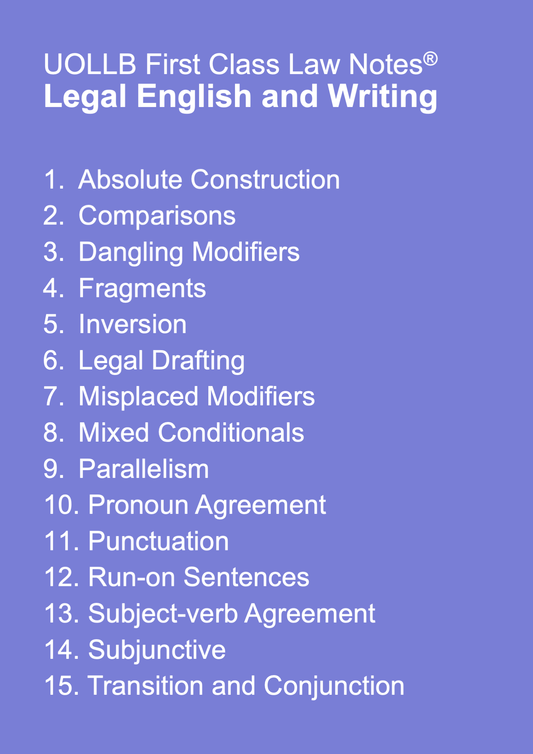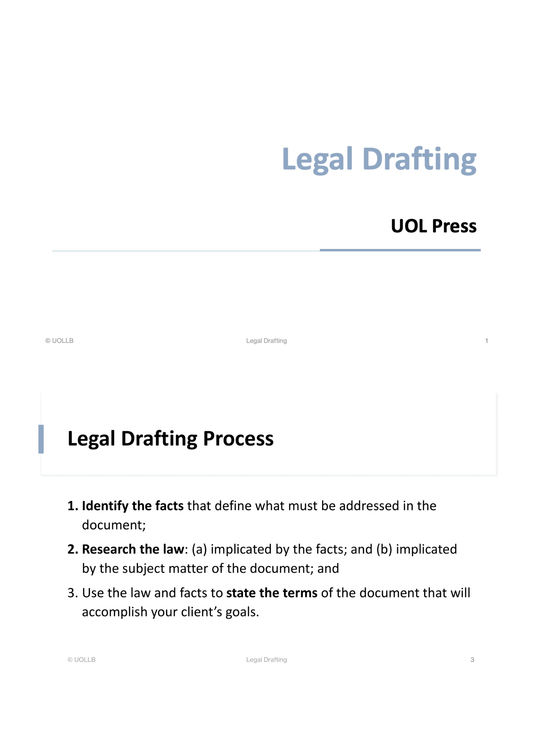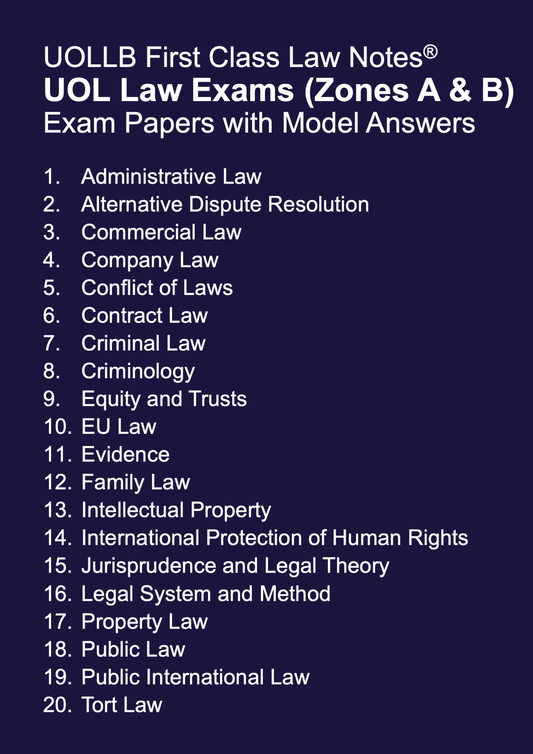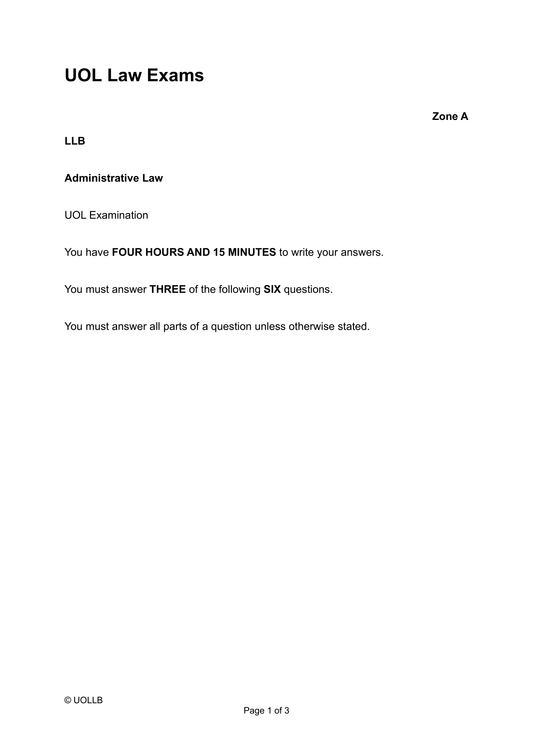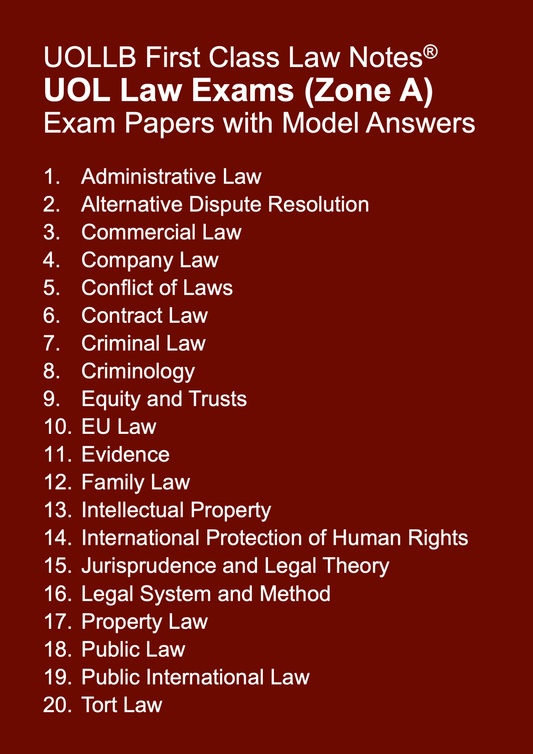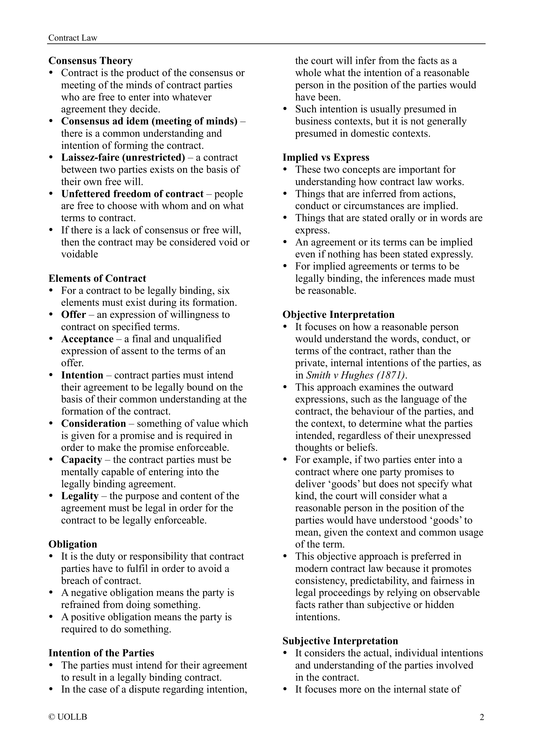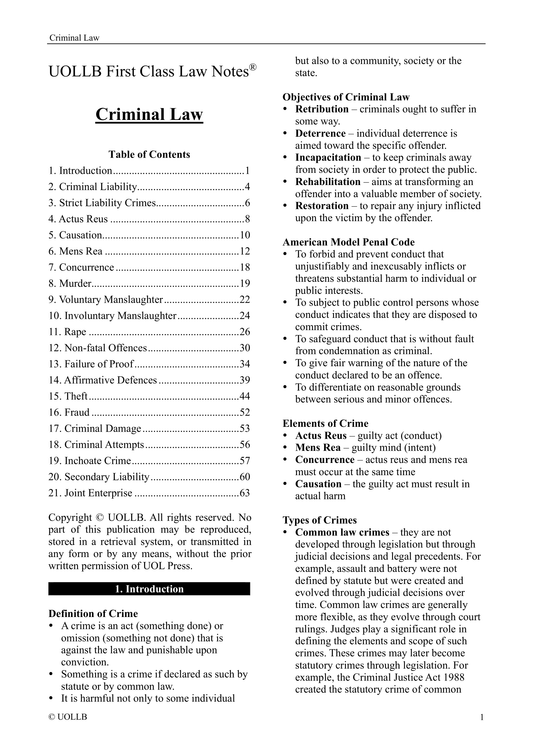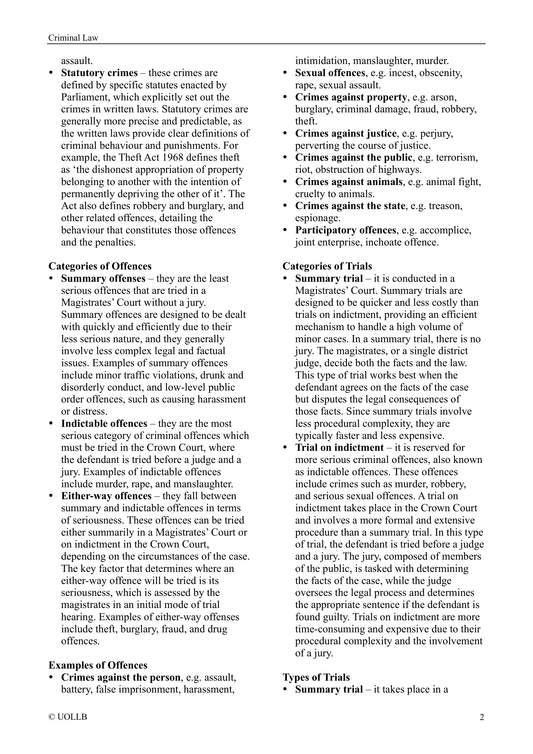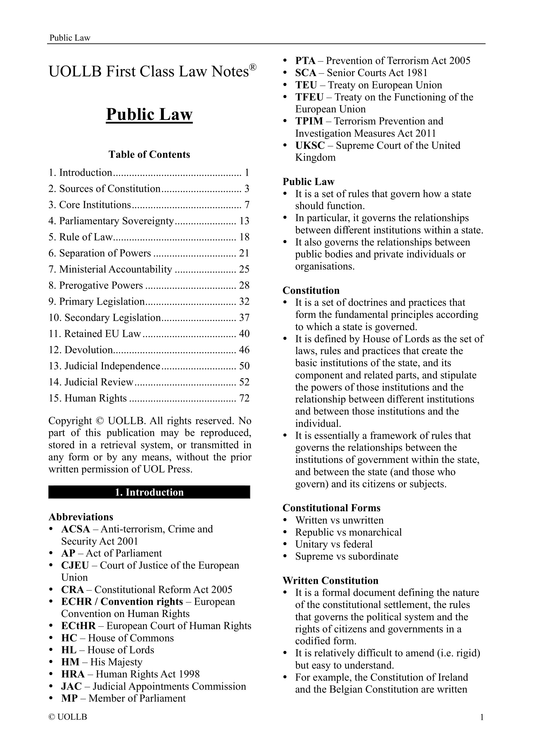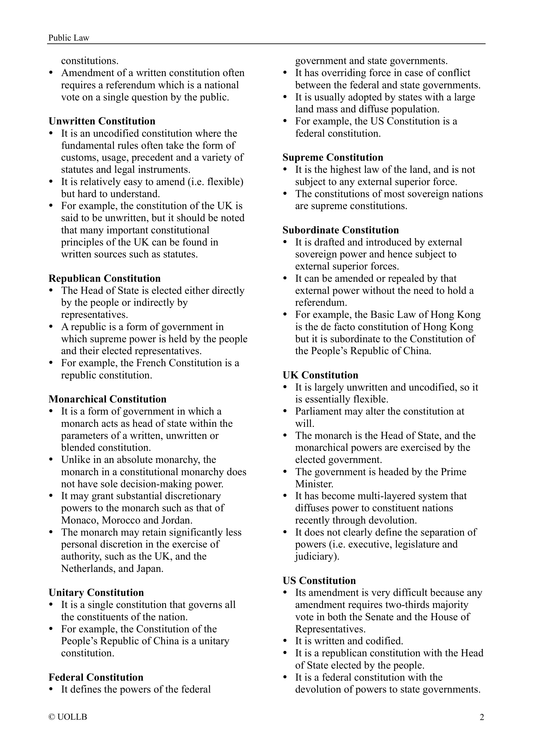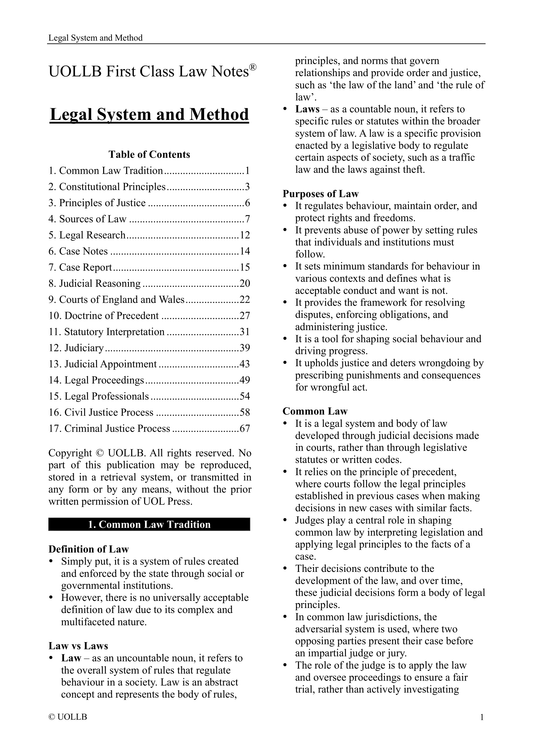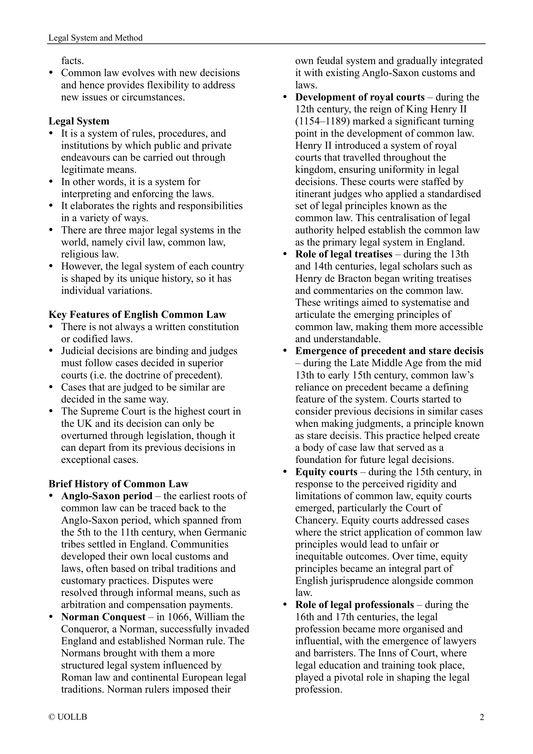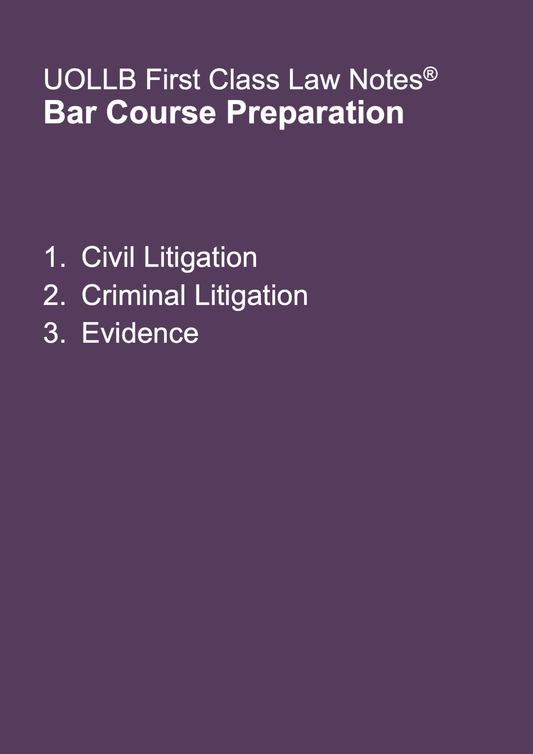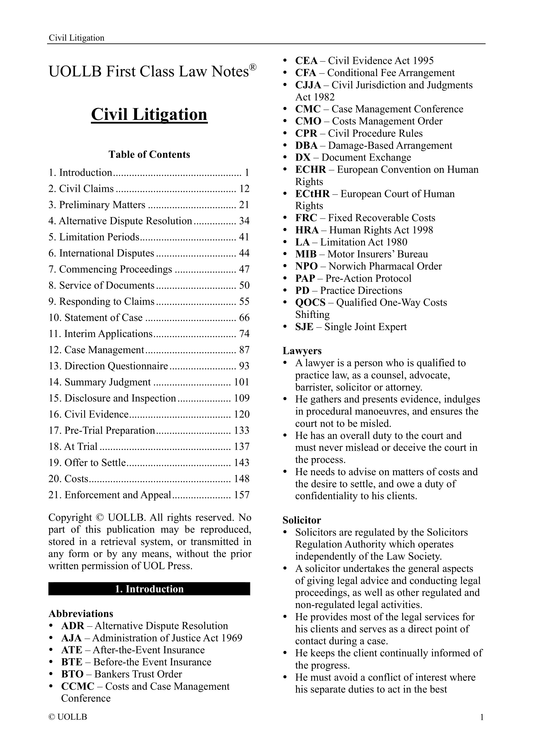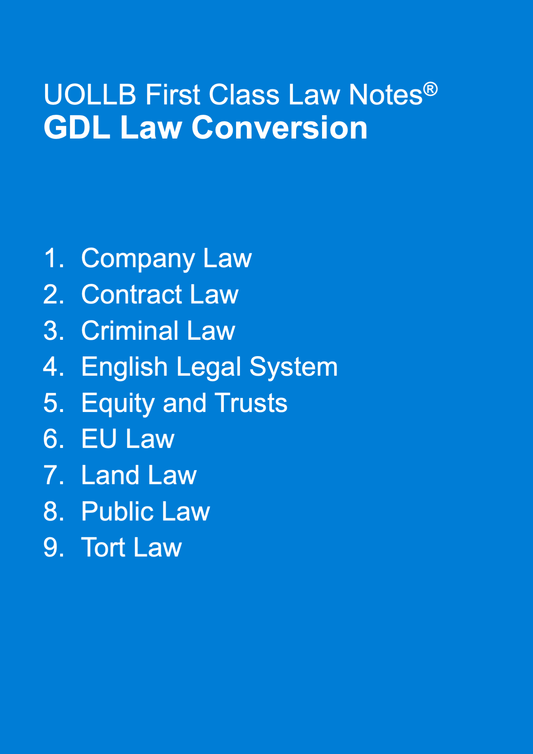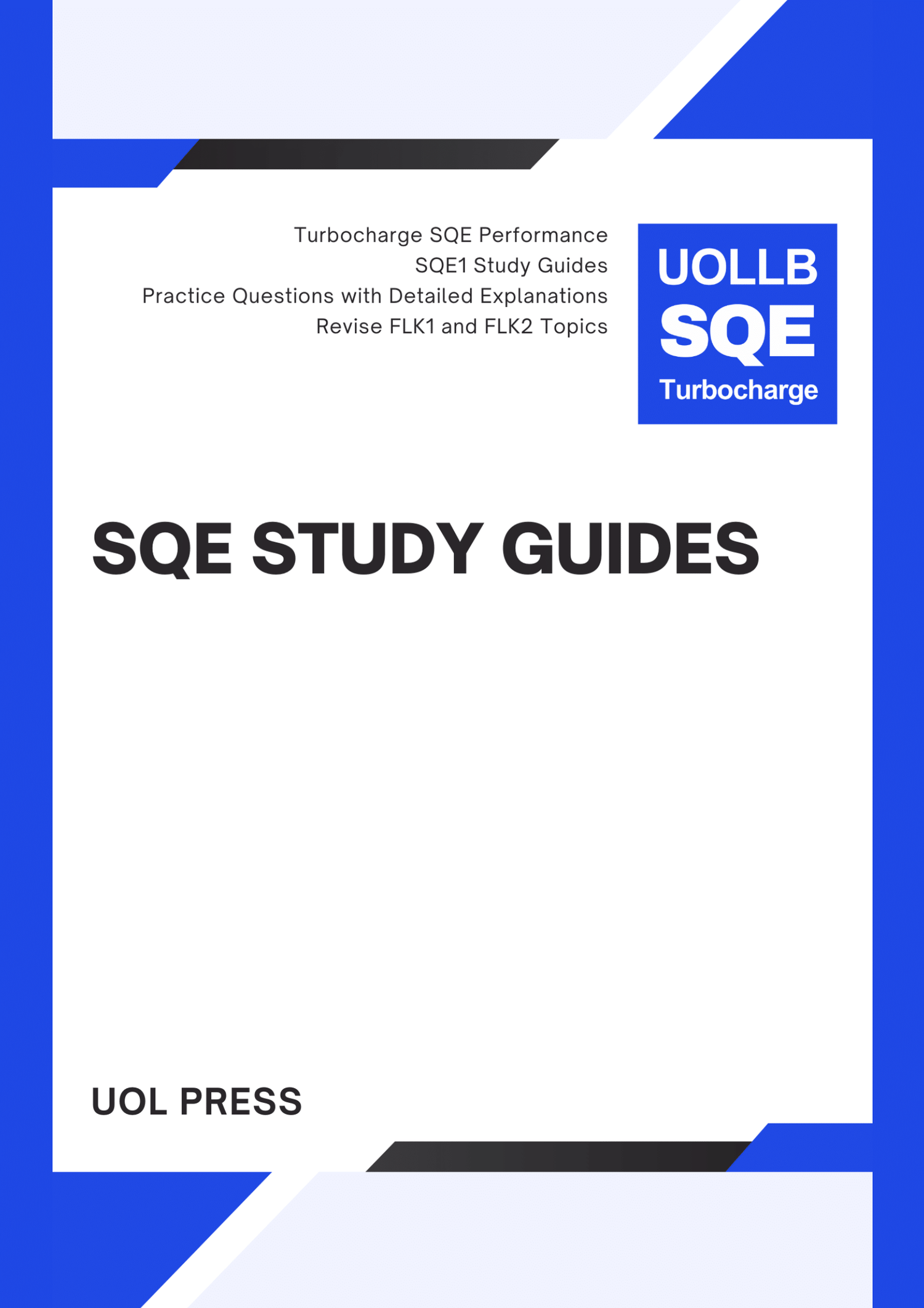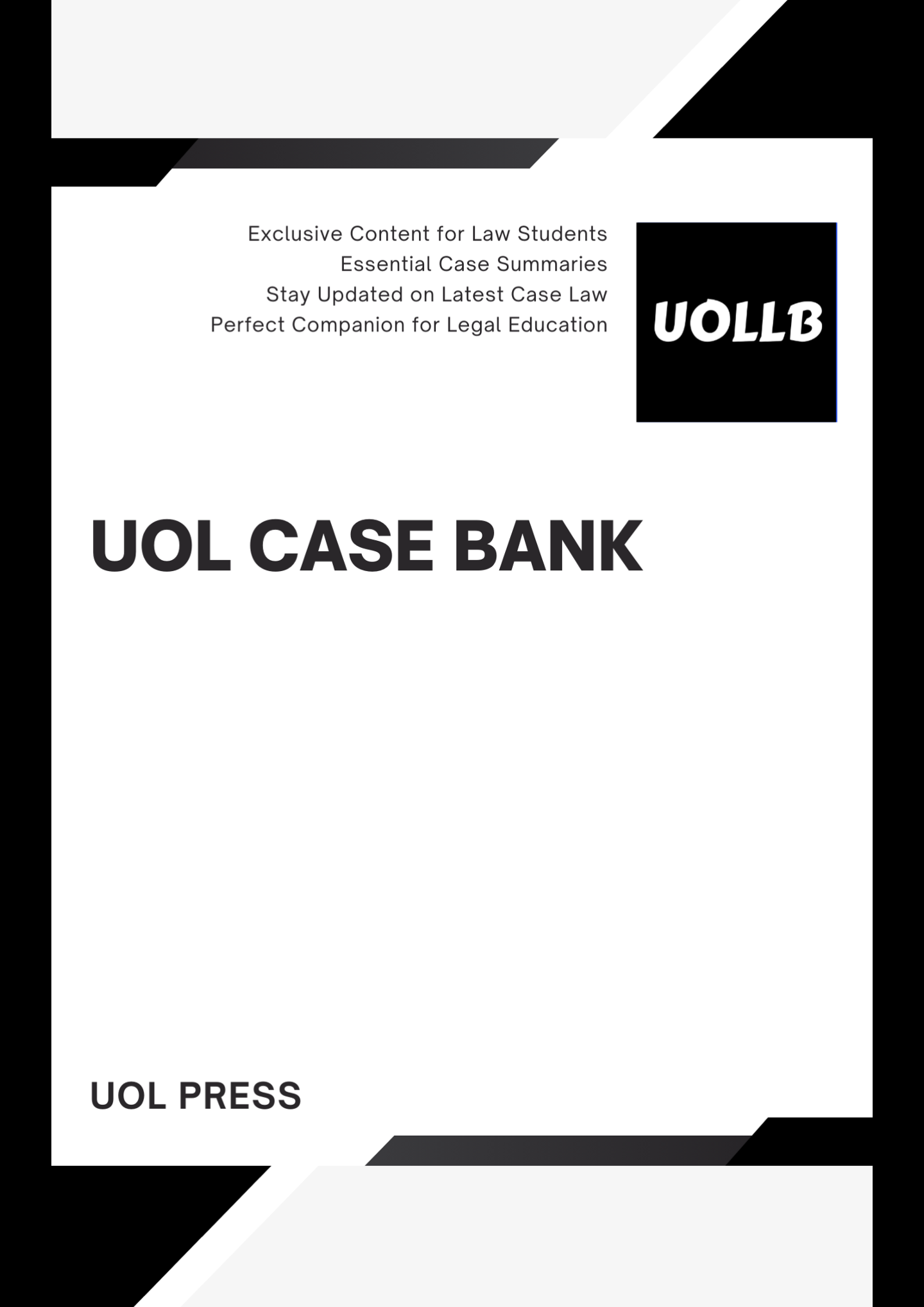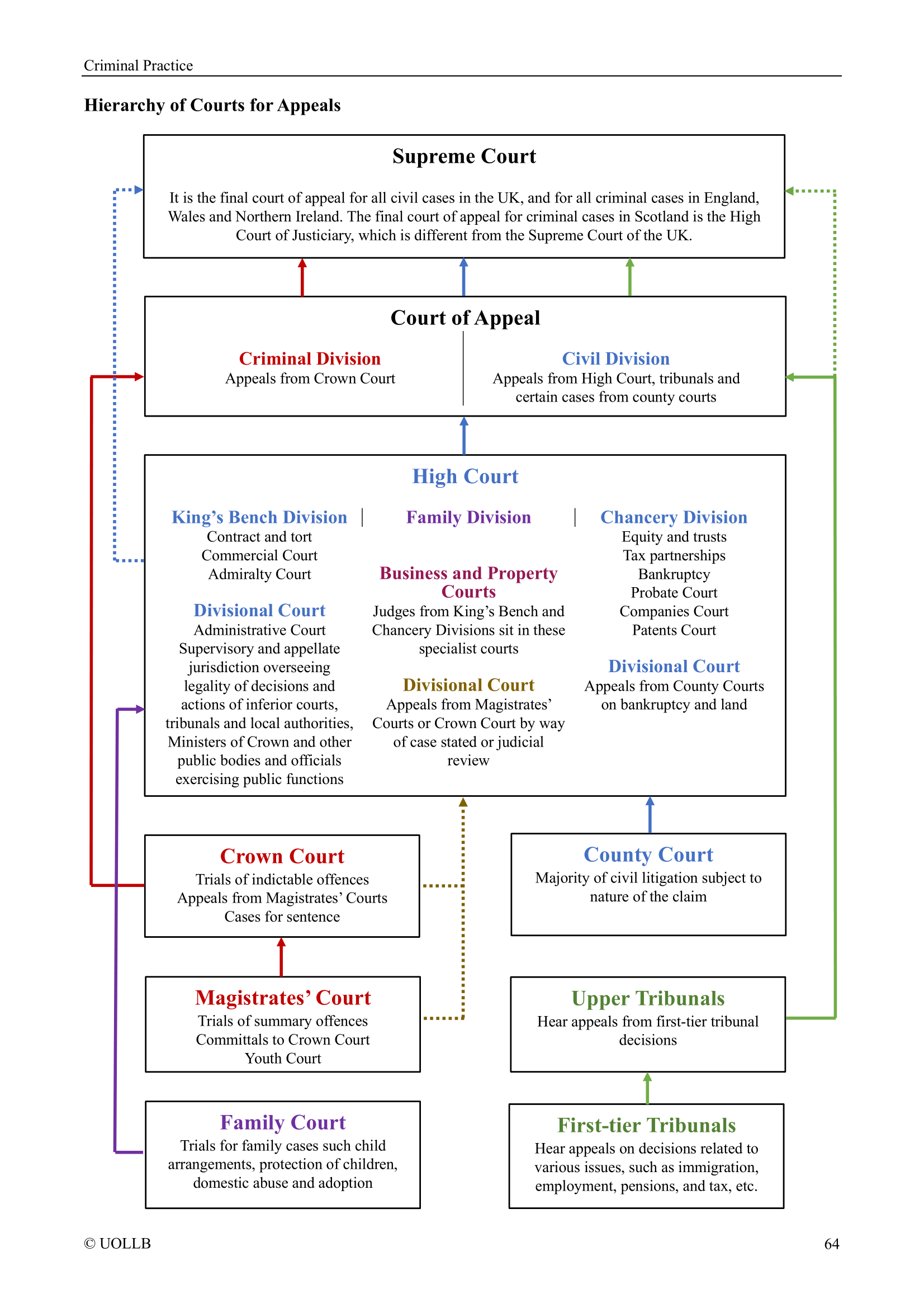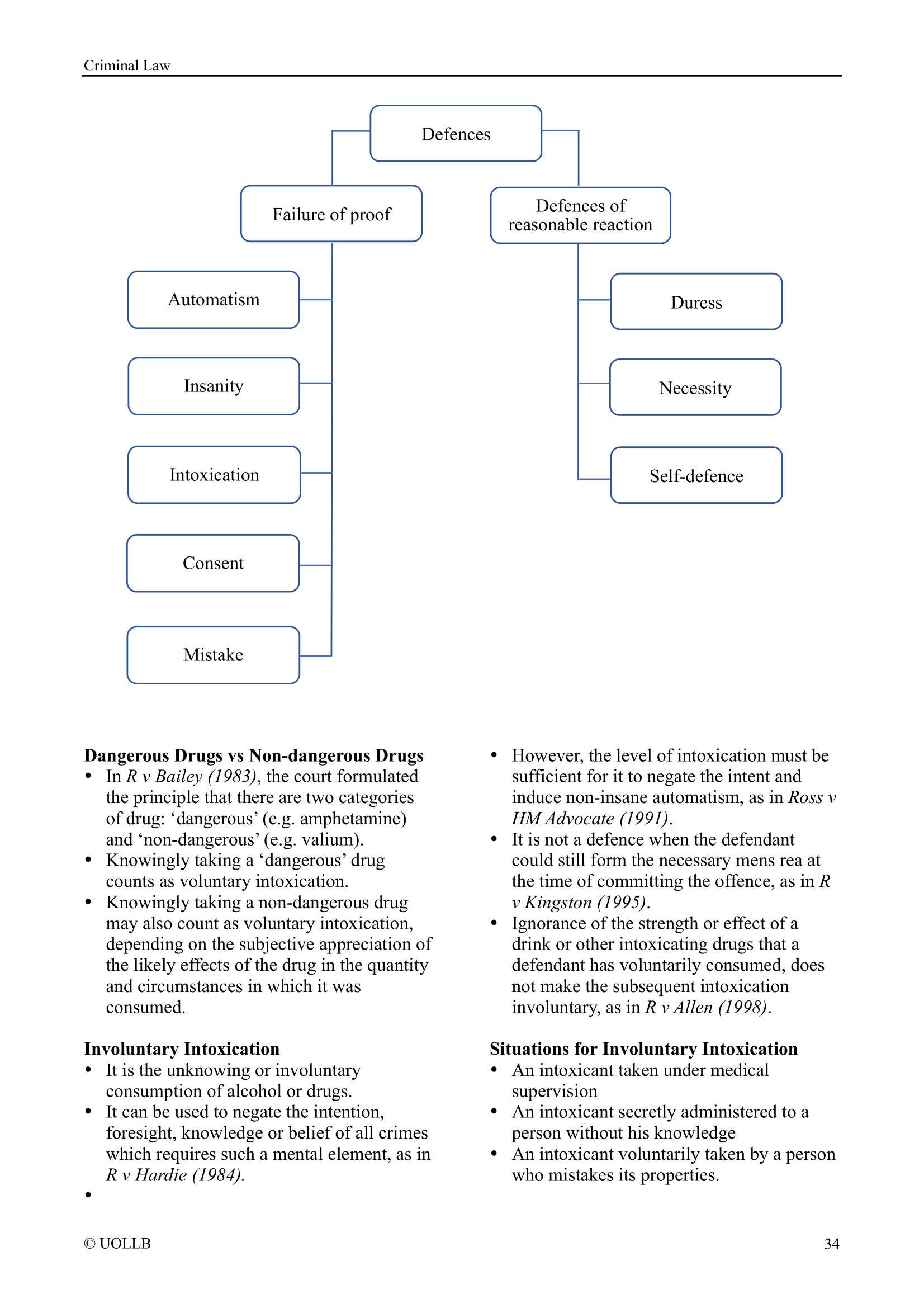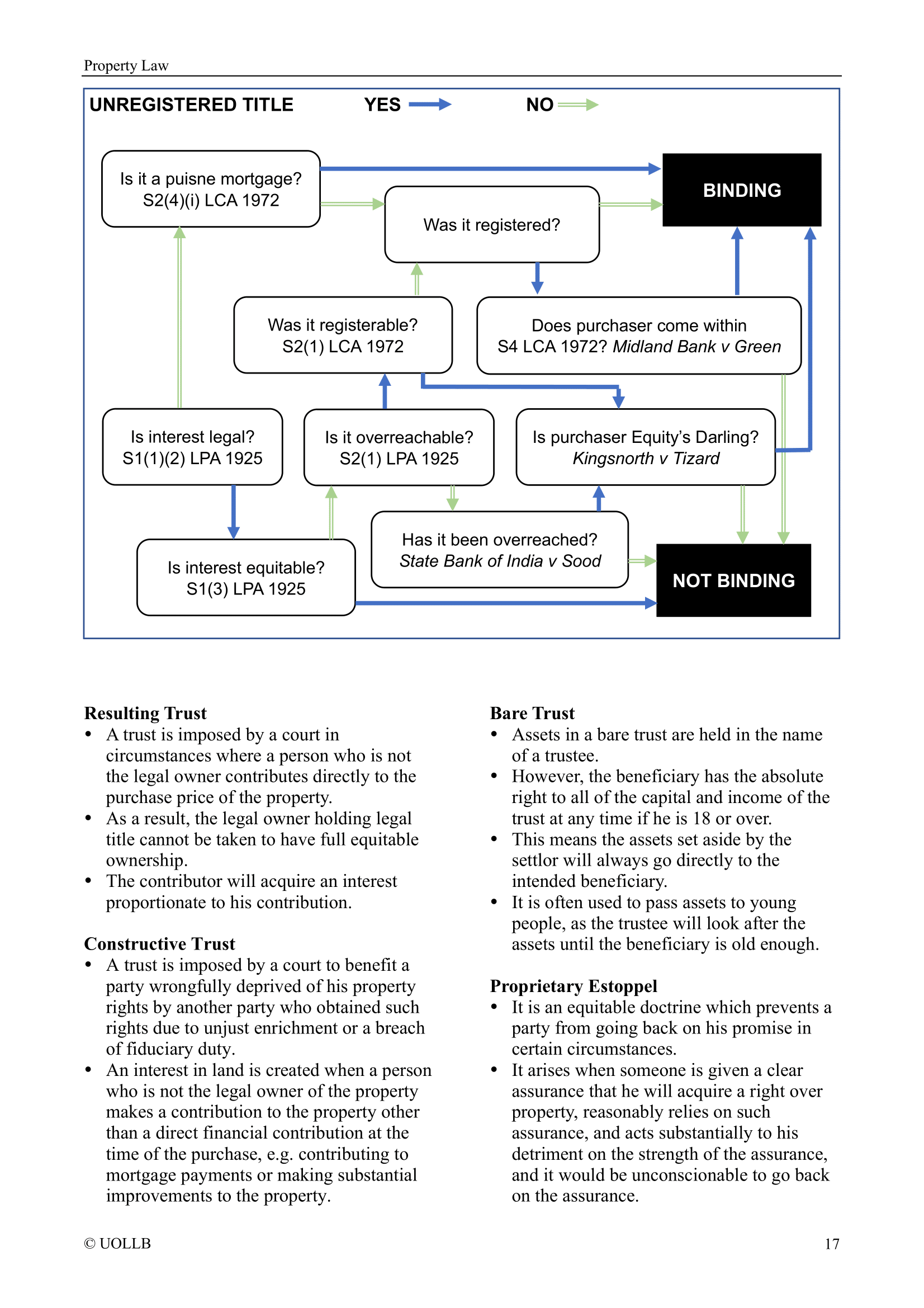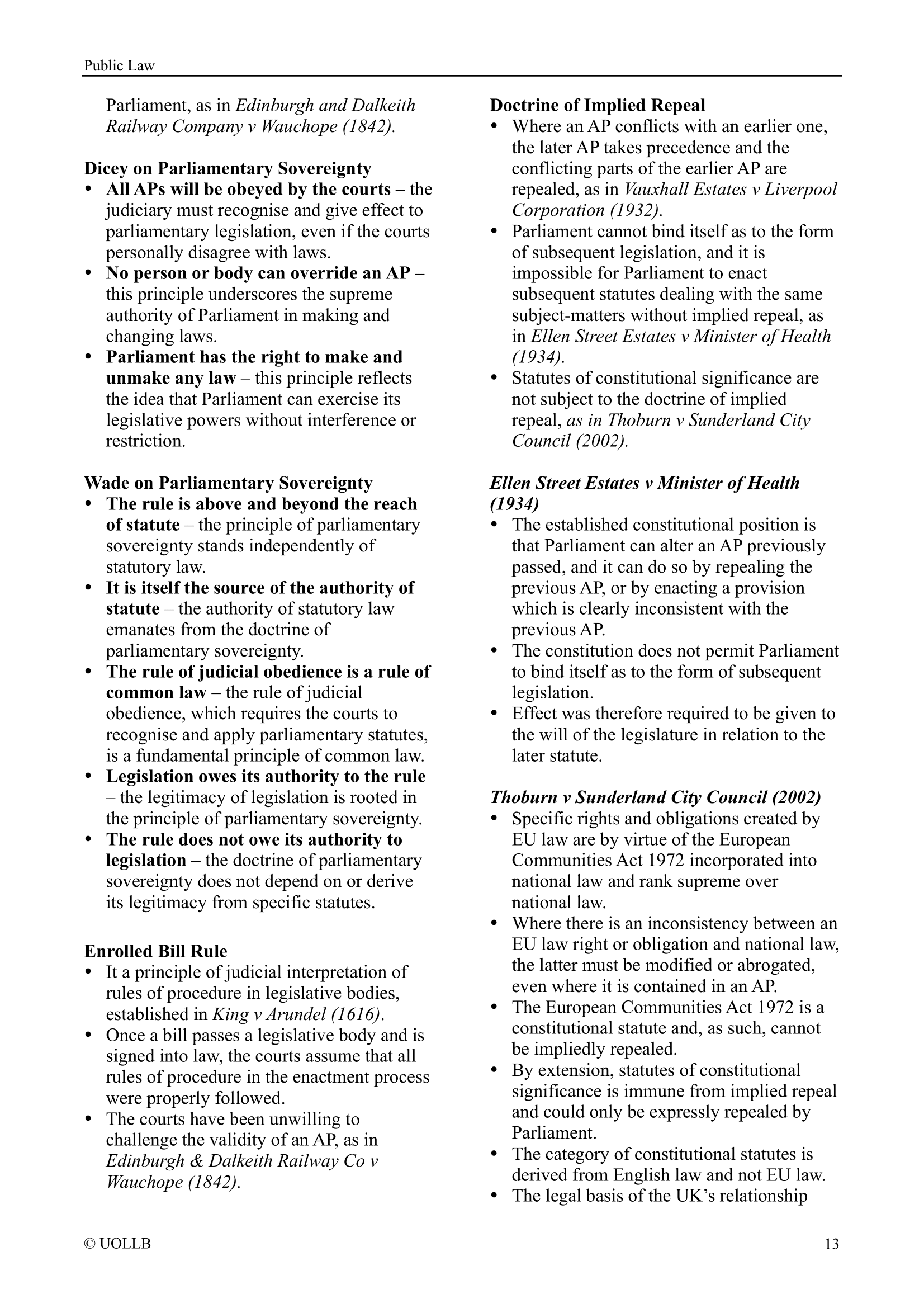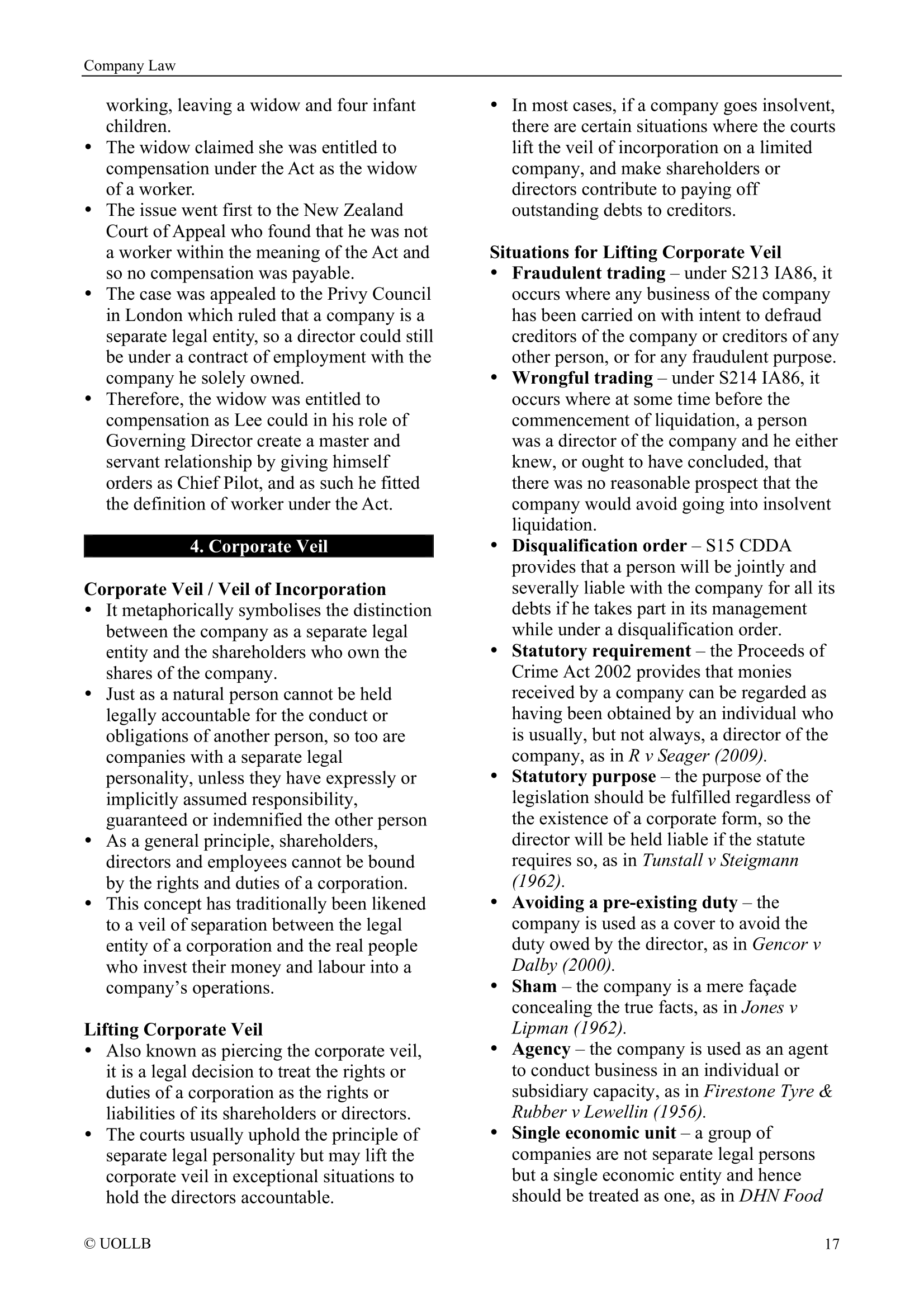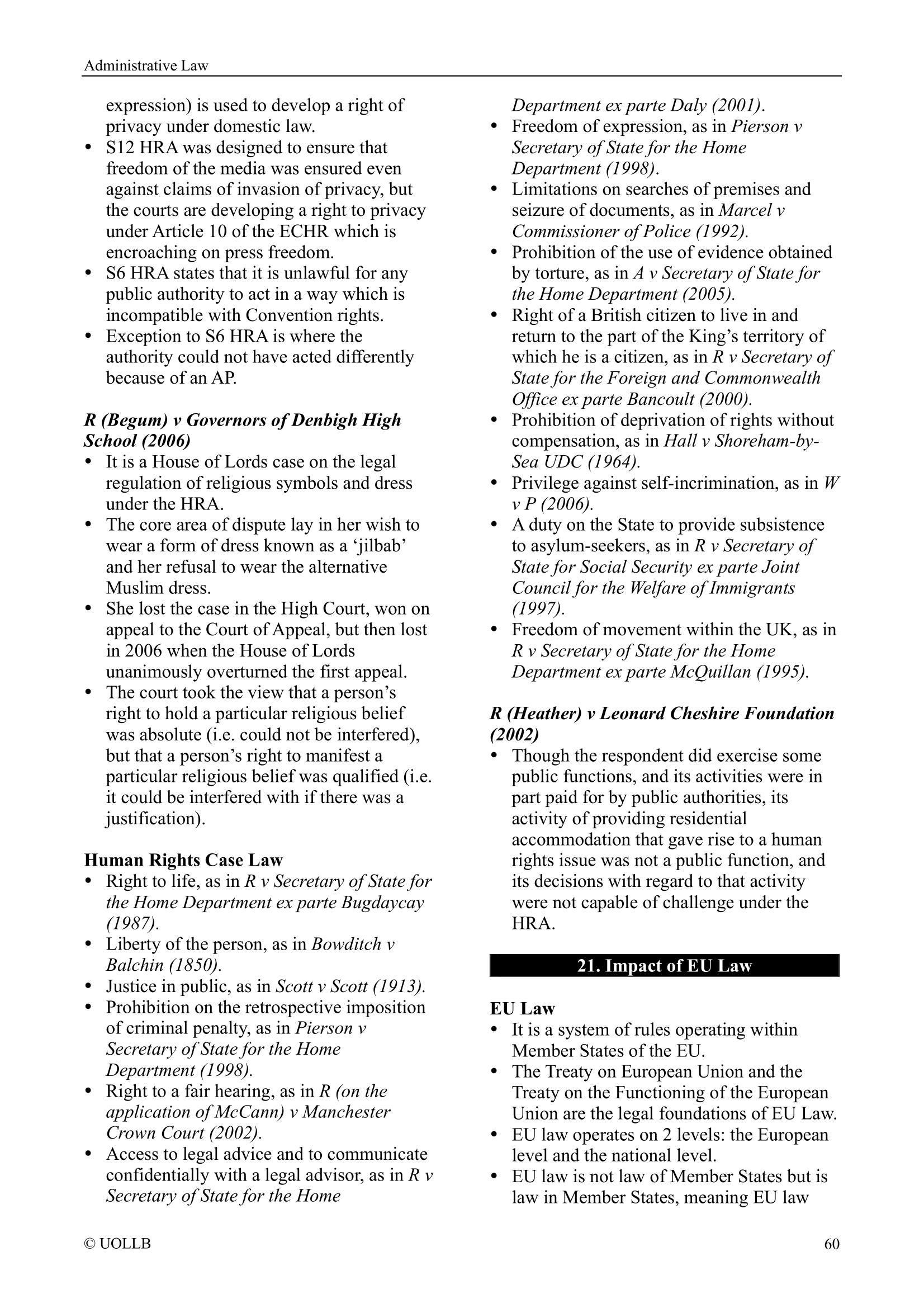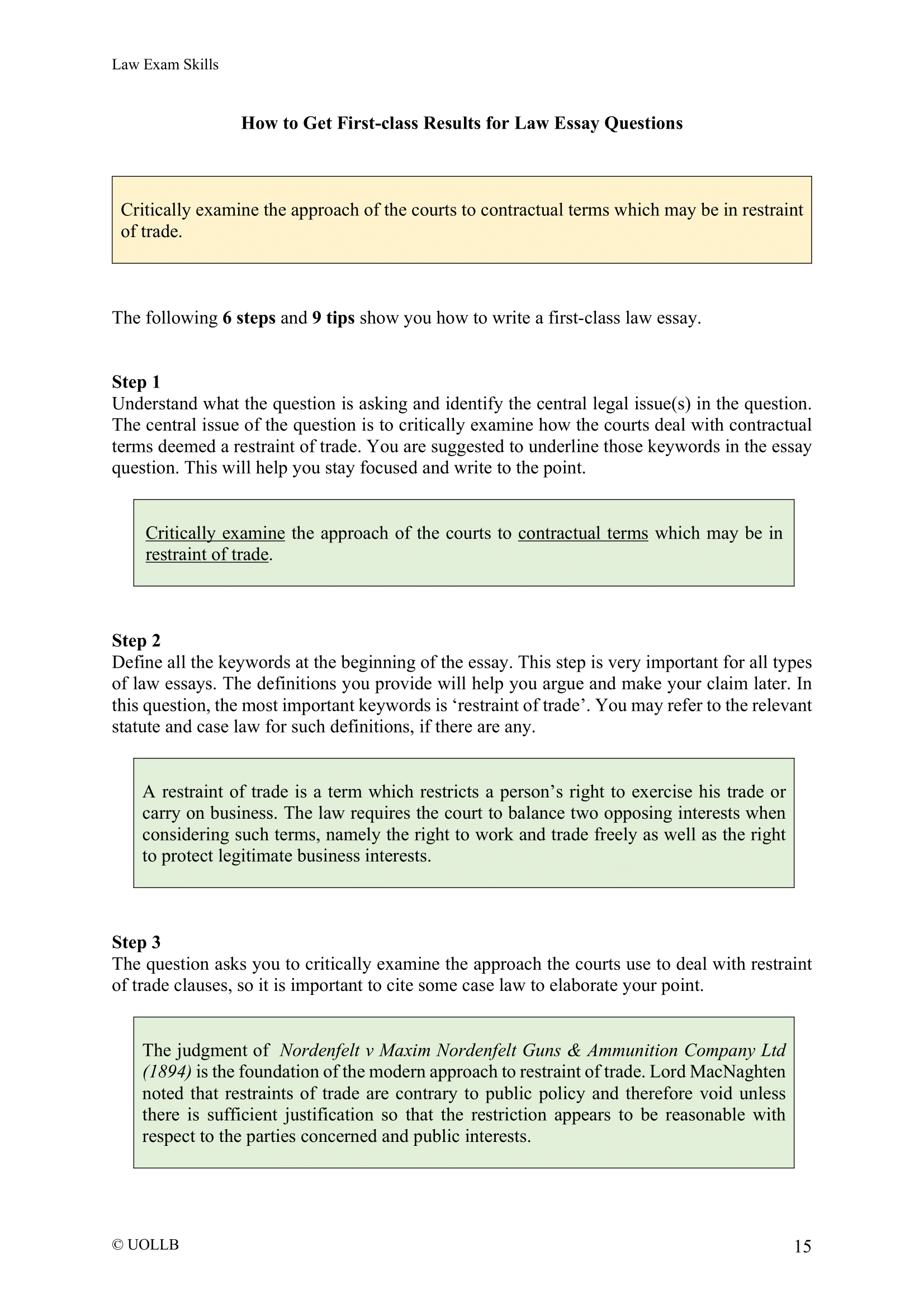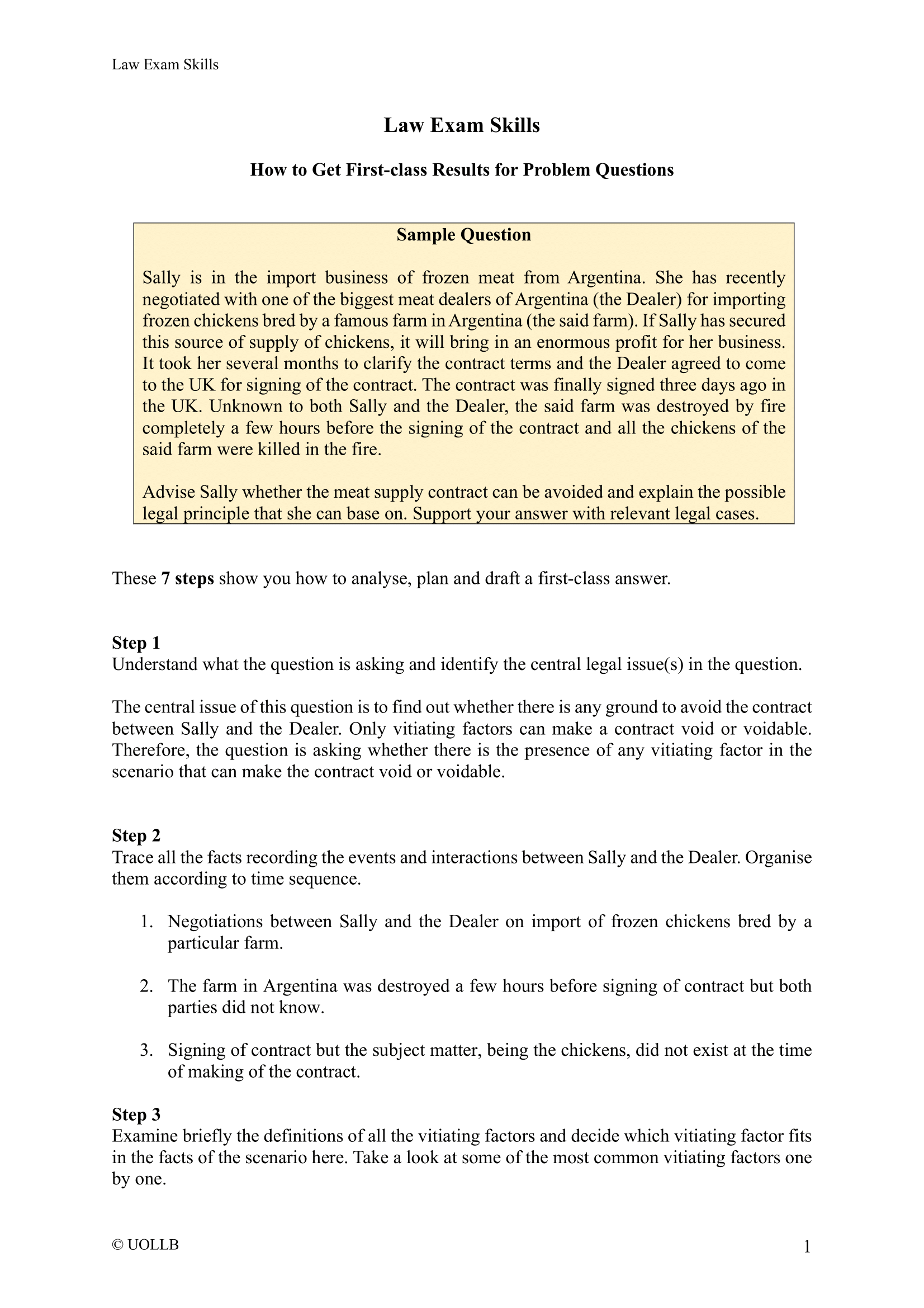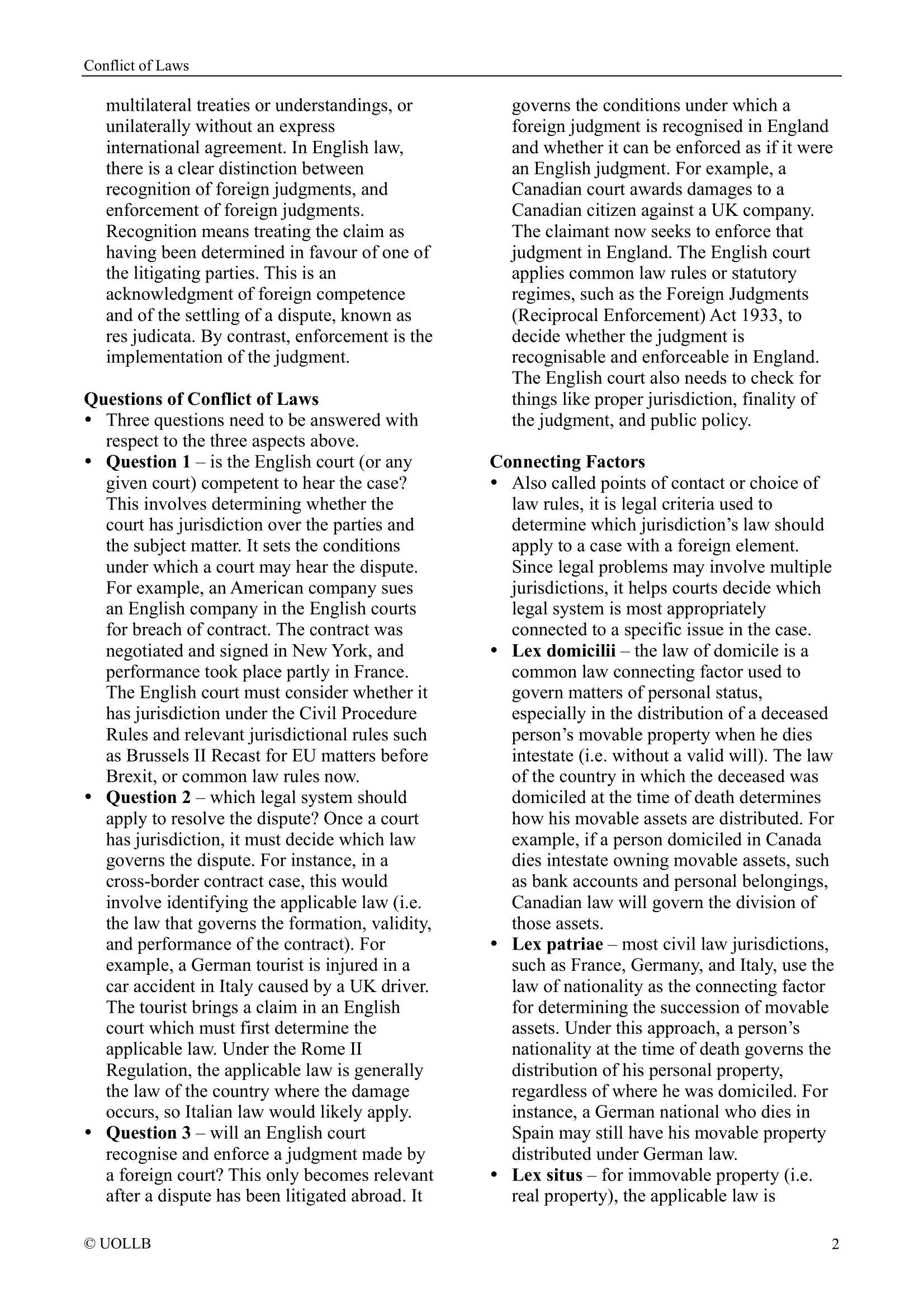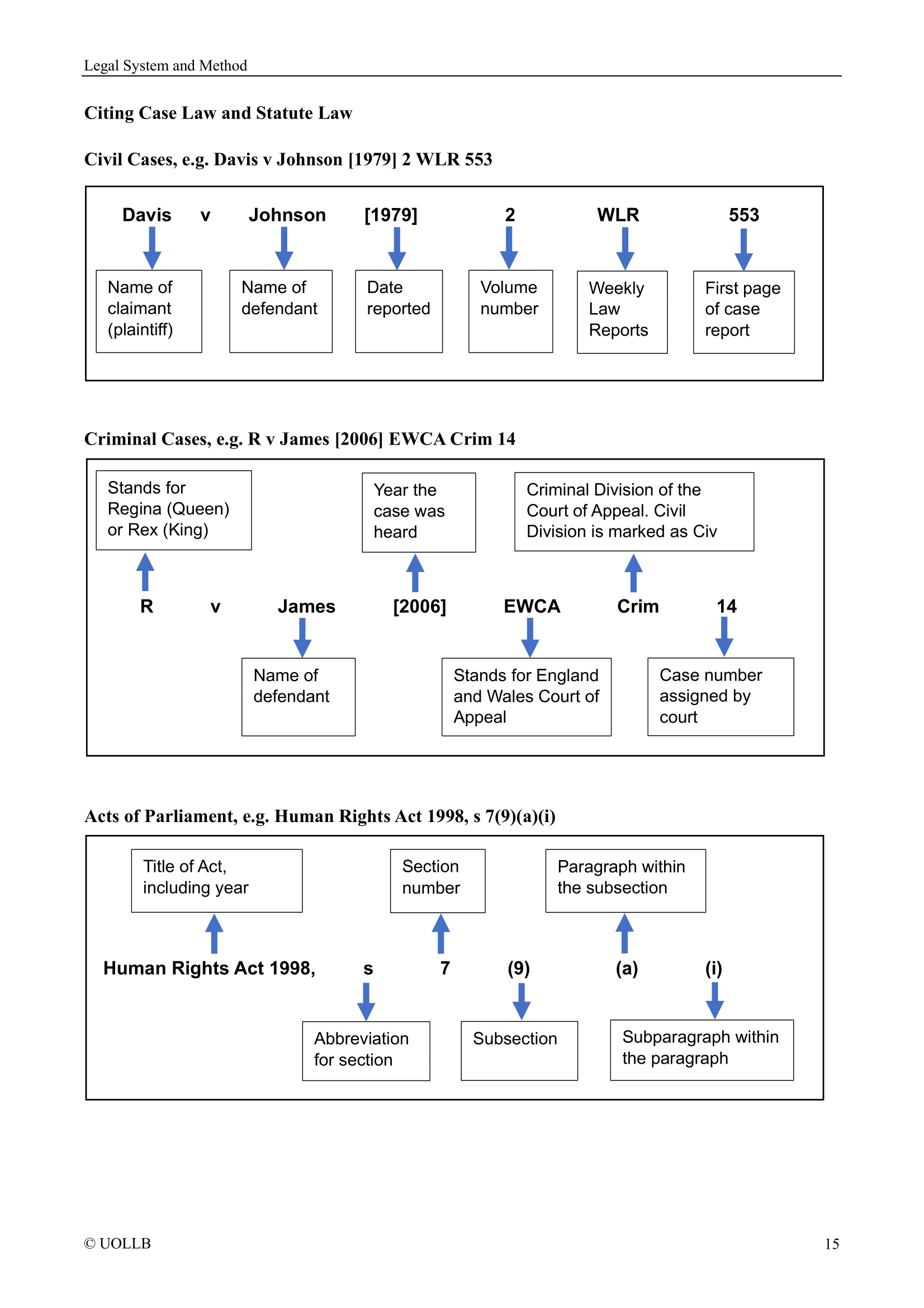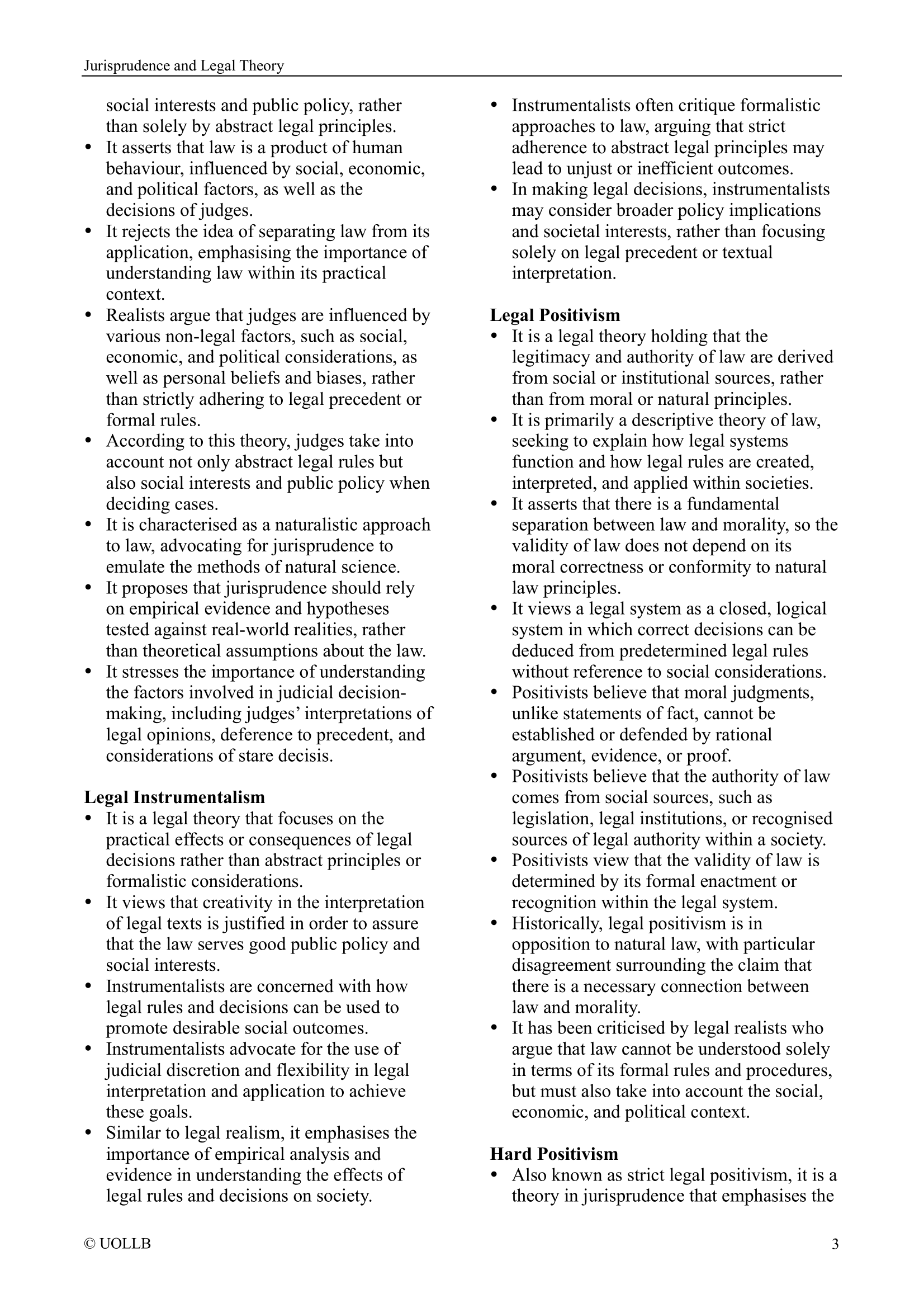Independent Source Doctrine
Share
The independent source doctrine is a legal principle in the United States that allows evidence to be admitted in court, even if it was initially discovered during an unlawful search or seizure, under certain circumstances. It is based on the idea that if the evidence is later obtained through a lawful and independent source, it is considered separate from the original illegal conduct and can be admitted in court.
The independent source doctrine serves as an exception to the exclusionary rule, which generally requires the suppression of evidence obtained through unconstitutional means. It recognises that evidence that is later discovered or obtained through a valid and untainted source is not tainted by the prior illegality.
For example, suppose law enforcement officers conduct an illegal search of a suspect's premises and find incriminating evidence. However, they subsequently obtain a search warrant based on information unrelated to the initial illegal search. If the evidence is found again during the subsequent lawful search authorised by the warrant, it may be admissible under the independent source doctrine.
To rely on the independent source doctrine, the prosecution must establish that the evidence was genuinely discovered through an independent and lawful source, without any connection to the original illegality. The key consideration is whether the discovery of the evidence was "attenuated" from the initial illegality, meaning that it became distinct and separate.
It is important to note that the independent source doctrine does not justify or excuse unconstitutional actions by law enforcement. It only allows for the admission of evidence if it can be shown that the evidence was obtained through a separate, lawful source. If the evidence is found to be directly linked to the initial illegal search or seizure, it may still be subject to suppression under the exclusionary rule.
The independent source doctrine provides a means for evidence obtained through lawful and independent channels to be admitted in court, even if it was initially discovered during an unlawful search or seizure. It recognises the distinction between the original illegality and subsequent lawful actions, ensuring that evidence that is untainted by the initial illegality can still be considered in legal proceedings.
